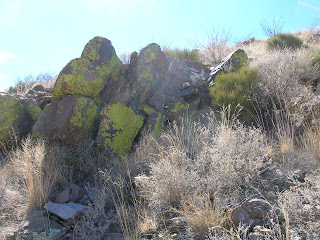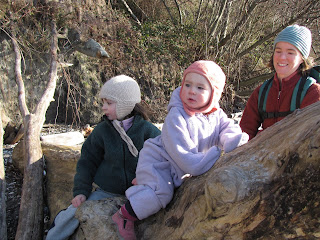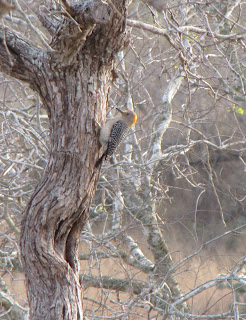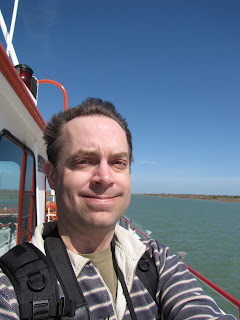
One interesting thing about doing an extended bit of intensive birding like I just did in South Texas is what you learn about the distribution of wildlife across the landscape, and in particular how birds and other creatures find their places with the context of the human habitat. I think most of us have a good sense by now of how much we have altered the various ecologies of our planet in the course of living our lives and developing our diverse cultures and civilizations. Even the largest tracks of roadless wilderness generally show significant signs of our presence, if only in the fact that most of them require political acts to try and keep them wild.
Large pieces of wilderness like Yellowstone are, in my opinion, crucial, both for the conservation of many plant and animal species that are found nowhere else (particularly large predators) and the opportunities for outdoor recreation and education. And of course many birds are found in places like this, sometimes birds that are not easily found anywhere else. But if you are a dedicated birdwatcher - that is if you spend time seeking out birds of interest wherever they may be rather that just watching birds while doing whatever else it is that you enjoy doing - you will find yourself in a great variety of places and habitats, some exactly what you might expect and others that are decidedly odd and might even by considered downright unappealing except for that elusive blackbird that is hopping around the spilled piles of grain on the margins of the cattle feedlot.
During my recent birding trip to Texas with MassAudubon, we visited around 25 different sites of the course of a week, including:
A sewage treatment outfall pipe leading to a tiny, yet picturesque wetland of running water and overhanging trees (green kingfisher);
An urban pond on a college campus (ringed kingfisher, black-bellied whistling ducks);
Laguna Atascosa, an enormous (and carefully managed) wildlife refuge of wetlands, fields, saltwater bays and woods (crested caracaras, reddish egrets);
A series of exposed tidal flats clustered amidst fishing docks and seafood restaurants (long-billed dowitchers, american avocets);
A suburban front yard filled with hummingbird feeders (allen's hummingbird, buff-bellied hummingbird);
A county park of soccer fields and picnicking families (pyrullhoxia, golden-fronted woodpecker);
A state park of trailer campgrounds and small parcels of exquisite desert scrub habitat (roadrunner, black-throated sparrow, vermillion flycatcher);
A former citrus orchard painstakingly restored to native thicket by the local Audubon society (kiskadees, kingbirds);
The fields lining the runways of a small local airport (northern bobwhites);
A busy strip mall in McAllen (green parakeets).
You get the picture. In almost all of these places, human lives were busily going about their business while hundreds of species of birds busily went about theirs. One might argue that this shows the resiliency of nature and I would agree that there's some truth there, but it is also good to recognize that many of these places, however humble they may be, were carefully conserved by local governments, federal and state governments, or just plain old private citizens. We would all be wise to look carefully around our own neighborhoods, cities, counties and states for the little patches of forest, field, marsh or beach that may hold natural treasures and think about what we might be able to do to help them stay the way they are or even help them out a step or two. Let's remember that birding (and hiking, snorkeling, fishing, kayaking and any number of other outdoor activities) is not in and of itself an act of conservation; to the contrary we who are out in the field enjoying ourselves are putting additional pressures on these habitats, so it's important that we go a extra few steps to help out. Give to local and national conservation organizations, develop environmentally responsible habits and shopping choices, keep informed on environmental issues and speak up when you feel it's important; work to minimize your impact when out in the field, volunteer at a wildlife refuge, help to instill a love of nature in a young (or old) person that you know. Don't forget that people are part of the picture too - balance is essential.
Anyway, that's enough with the harangue. Good birding!
























































